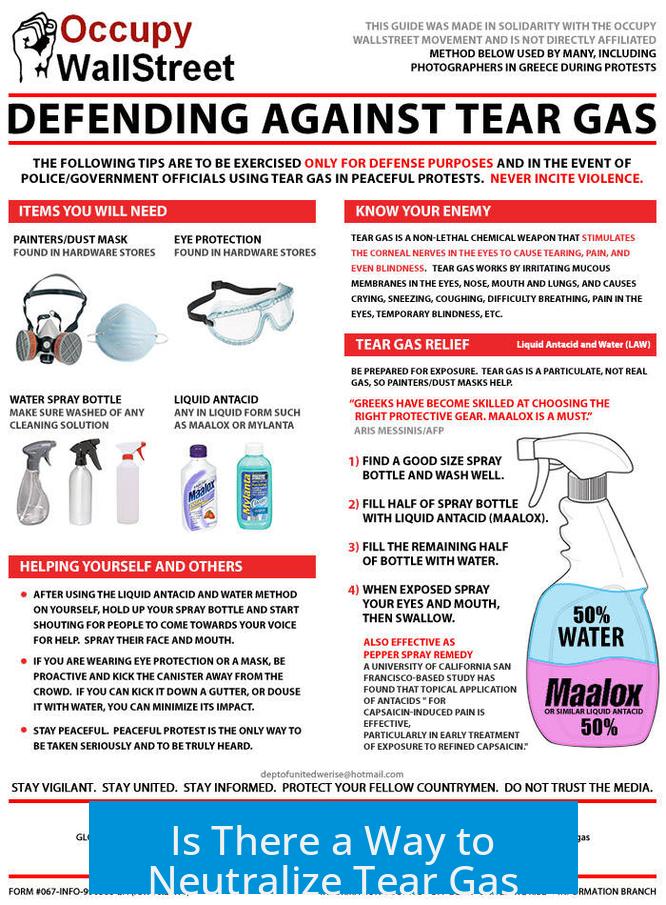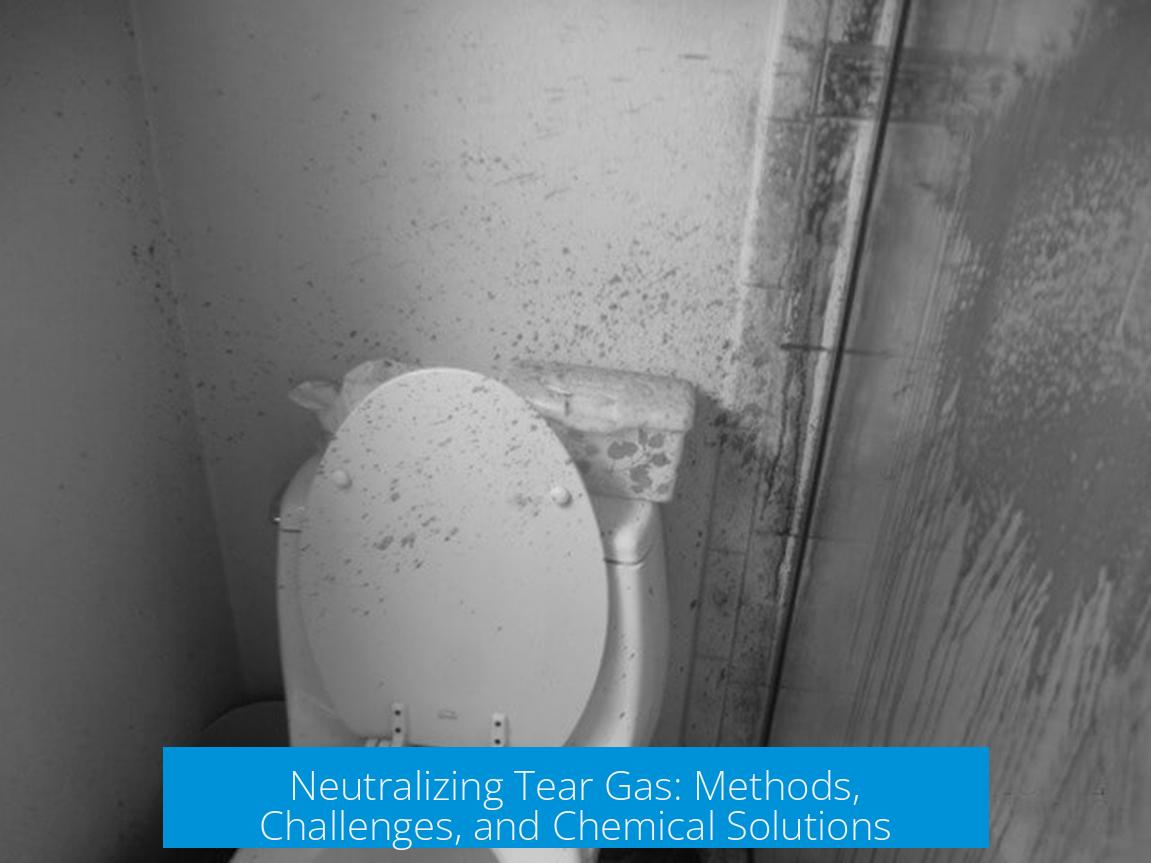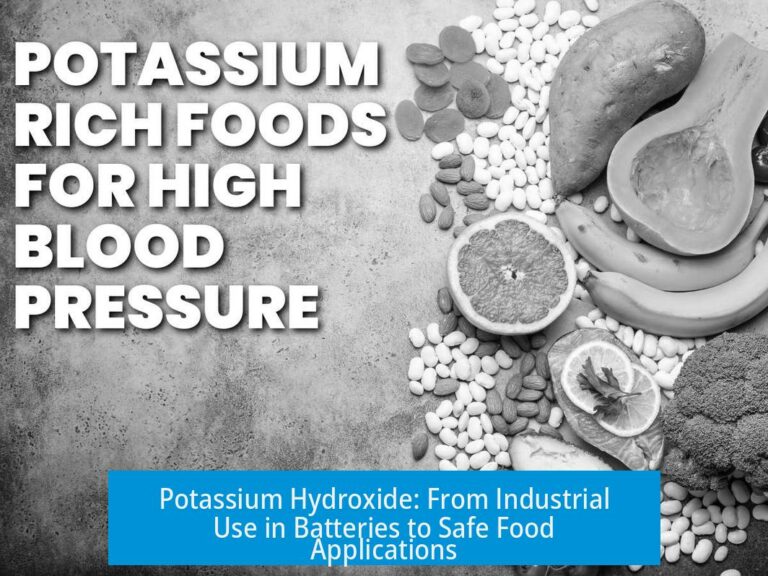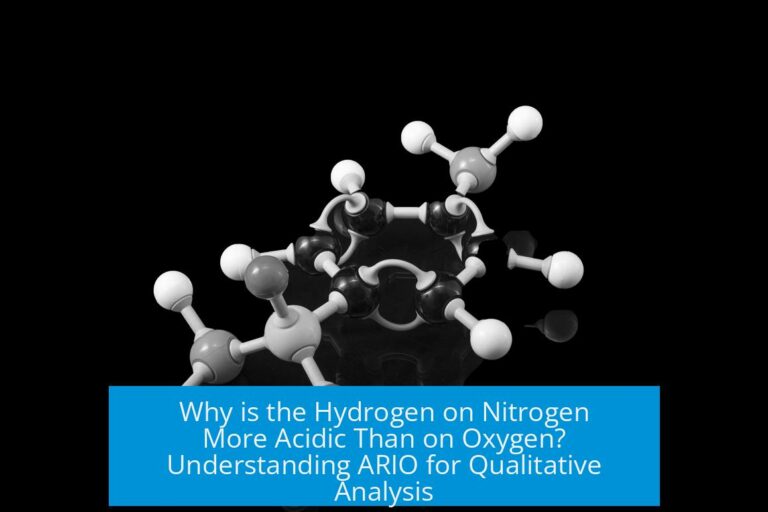Is There a Way to Neutralize Tear Gas?

Neutralizing tear gas involves complex challenges due to the variety of chemical compounds used, their mechanisms, and the difficulty of chemically deactivating them without causing harm. Practical approaches focus on rapid removal using biphasic solutions like milk, while specific chemical treatments exist for certain tear gases like CS gas, but universal neutralization methods remain elusive.
Variety and Complexity of Tear Gas Compounds
Tear gas is not a single chemical. It includes solids and liquids with widely different functional groups. These agents disperse differently and respond variably to neutralizing attempts. Labeling tear gas as a solvent is inaccurate. Its chemical diversity complicates neutralization methods.
Mechanism of Tear Gas Agents
Their effect often ties to the TRPA1 protein, a sensor involved in pain and irritation perception. However, the detailed mechanism remains unconfirmed in humans. This uncertainty limits targeting the agents at the molecular level for neutralization.
Challenges of Chemical Neutralization
The compounds exert effects by binding to sensory proteins. Altering their chemistry to neutralize them risks creating harmful byproducts. In many cases, chemical cures might be more damaging than the tear gas itself.
Practical Methods for Tear Gas Removal
Rapid physical removal is the most effective immediate response. Using biphasic systems dissolves both polar and non-polar components of tear gas. Milk is an ideal example; it contains water, fats, and detergents that help wash away irritants safely.
- Milk acts as a colloidal system.
- It dissolves a broad range of irritant molecules.
- It is non-toxic and readily available.
Specific Chemical Solutions: CS Gas
CS gas can be neutralized chemically via solutions containing ammonium citrate, acetate, or bicarbonate. These compounds engage in Michael addition reactions that deactivate CS molecules. However, such treatments require careful handling and are not universally effective for all tear gas types.
Limitations and Unknowns
Neutralization techniques for other irritants like capsaicin sprays remain unclear. Physical containment, such as covering tear gas capsules with a traffic cone to prevent dispersion, is used in some regions (e.g., Hong Kong) but does not neutralize the chemical itself.
Key Takeaways
- Tear gas comprises diverse chemical agents with different properties and mechanisms.
- The detailed mechanism involves TRPA1 but remains partially unconfirmed in humans.
- Chemical neutralization risks creating harmful byproducts.
- Physical removal with biphasic agents like milk is safest and fastest.
- CS gas can be neutralized with ammonium salt solutions through Michael addition.
- No universal solution exists for all tear gases or capsaicin-based sprays.
Can tear gas be chemically neutralized?
Chemical neutralization is complex. Tear gas agents bind to proteins, so altering them chemically to neutralize could cause worse effects than the gas itself.
What is the best way to remove tear gas from skin or eyes?
Removing tear gas quickly is key. Using a biphasic system like milk helps because it dissolves both polar and non-polar tear gas compounds safely.
Are there specific chemicals that can neutralize certain types of tear gas?
Yes. For example, a solution of ammonium citrate, acetate, or bicarbonate can neutralize CS gas through a Michael addition reaction.
Is there an effective neutralizer for all types of tear gas or irritant sprays?
No. Different compounds act differently. For instance, there is no confirmed neutralizer for capsaicin spray commonly used in pepper spray.
Are there any physical methods to deal with tear gas capsules?
Yes. In places like Hong Kong, they place traffic cones over gas capsules to contain or block their spread physically.





Leave a Comment